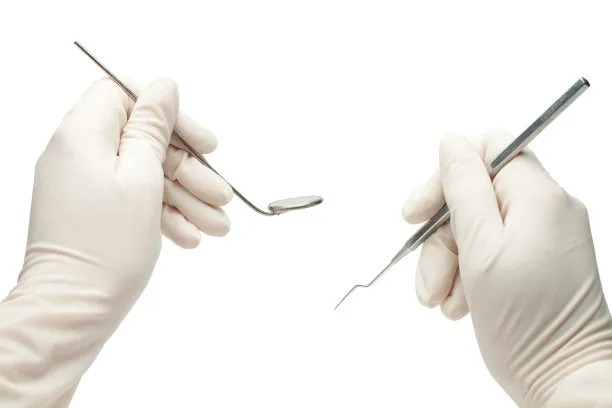The Essential Guide to Extract a Tooth Painlessly and Safely for a Healthier Smile
Summary: Extracting a tooth can evoke fear and anxiety, but when done correctly, it can be a painless and safe experience. This guide focuses on the essential steps to ensure a smooth tooth extraction process. It covers the importance of choosing the right dental professional, understanding sedation options, practicing proper aftercare, and recognizing when extraction is necessary. By following these guidelines, patients can enjoy a healthier, brighter smile while minimizing discomfort and risks.
1. Choosing the Right Dental Professional

When it comes to tooth extraction, selecting the appropriate dental professional is crucial. A qualified dentist or oral surgeon should have extensive training and experience in performing extractions safely and efficiently. Look for credentials and reviews from previous patients to gauge competence and patient care. A professional with a caring approach can alleviate anxiety and provide assurance during the process.
Additionally, consider whether the professional has access to modern equipment and technologies. Advanced tools can enhance safety and minimize discomfort, leading to a quicker recovery. A patient-centered practice that prioritizes comfort and care can make a significant difference in the overall experience of tooth extraction.
Finally, have an open discussion with your dental professional about any concerns or questions you may have. Building trust with your dentist can make the extraction process far less intimidating, allowing for a more comfortable and confident experience.
2. Understanding Sedation Options Available
Sedation is an essential aspect of making tooth extractions painless and stress-free. There are different sedation options available, each catering to various levels of anxiety and pain tolerance. Local anesthesia numbs the area around the tooth, allowing the extraction to occur without pain while the patient remains fully conscious.
For patients with higher anxiety levels, moderate sedation, such as nitrous oxide or oral sedatives, can help ease nerves while still allowing some awareness of the procedure. These options can provide a sense of relaxation without the complete loss of consciousness, making the experience more manageable.
In more complex cases, general anesthesia might be necessary to ensure the patient is entirely unconscious during the extraction. This method requires careful monitoring and should only be administered by qualified professionals. Understanding the sedation options and discussing them with your dentist will ensure you choose the right method to make your extraction as comfortable as possible.
3. Proper Aftercare for a Smooth Recovery
After a tooth extraction, proper aftercare is vital to ensure a smooth and speedy recovery. Patients should receive clear instructions on how to care for the extraction site, including pain management. Over-the-counter medications can effectively alleviate discomfort, while ice packs can reduce swelling and bruising.
It’s also essential to avoid certain activities post-extraction, such as strenuous exercise, smoking, or consuming alcohol. These activities can disrupt the healing process and lead to complications like dry socket, where the blood clot at the extraction site dislodges or dissolves, exposing bone and nerves.
Maintaining good oral hygiene is still important after an extraction. However, it’s advisable to avoid brushing the extraction site for the first 24 hours. Gently rinsing with warm salt water can promote healing and prevent infection. Follow your dentist’s guidelines closely to ensure a seamless recovery and restore your smile in no time.
4. Recognizing When Tooth Extraction is Necessary
Understanding when tooth extraction is necessary can help you make informed decisions about your dental health. Common reasons for extraction include severe tooth decay, overcrowding, or impacted teeth, particularly wisdom teeth. It’s essential to discuss your symptoms and concerns with your dentist to determine the best course of action.
In some cases, extraction may be a preventive measure to avoid future dental issues, especially if a tooth is at high risk for further decay or damage. Your dentist can conduct various assessments, including X-rays, to evaluate the condition of your teeth and determine if extraction is the best option for your health.
Recognizing these signs early on can lead to timely intervention, preventing more severe complications and ensuring a healthier smile. Always consult your dental professional for an accurate diagnosis and personalized treatment plan.
Summary:
The journey to a healthier smile involves understanding how to extract a tooth painlessly and safely. From choosing the right dental professional to knowing sedation options and aftercare, this guide empowers patients with knowledge. Recognizing when extraction is necessary can also help in maintaining overall dental health.
This article is compiled by Vickong Dental and the content is for reference only


